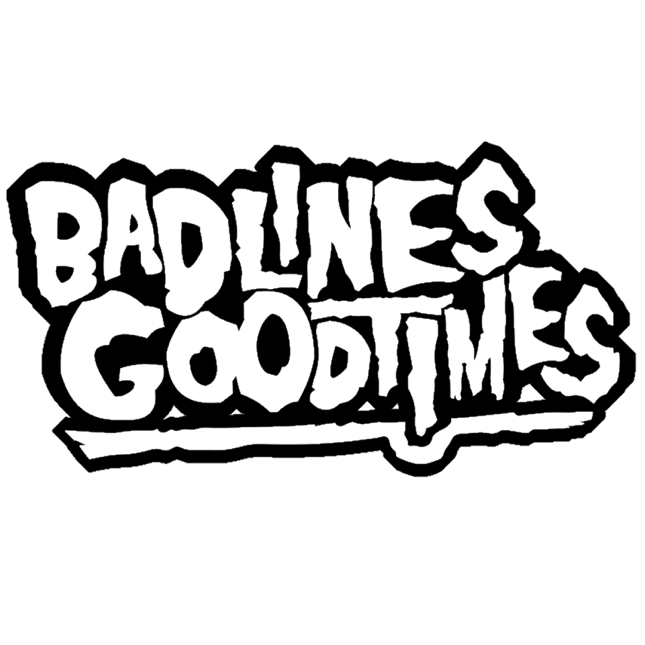88WhiteTurd
Member
- Joined
- Mar 13, 2024
- Messages
- 45
Hey guys so while I’m getting ready to do my SAS I’ve been practicing my MiG welds, I felt like I had it dialed in decently while doing flat lap joints on 3/16 steel but as soon as I went to try some vertical and upside down welds I just kept getting saggy nut sacks :/
I understand that you want to run lower settings and always weld going upward for penetration and I got them to look better (doing vertical) but they still look really cold (proud)
And seeing that most of the welding I’m going to be doing for the swap is going to be upside down / vertical I would appricate some help
Also some pictures of what would be an acceptable weld and would not be acceptable would be sick. or some video
recommendations I’ve seen a few on YouTube but I would like to hear from people who weld on trucks.
Oh and I’m using 035 if that makes a difference, thanks
I understand that you want to run lower settings and always weld going upward for penetration and I got them to look better (doing vertical) but they still look really cold (proud)
And seeing that most of the welding I’m going to be doing for the swap is going to be upside down / vertical I would appricate some help
Also some pictures of what would be an acceptable weld and would not be acceptable would be sick. or some video
recommendations I’ve seen a few on YouTube but I would like to hear from people who weld on trucks.
Oh and I’m using 035 if that makes a difference, thanks
